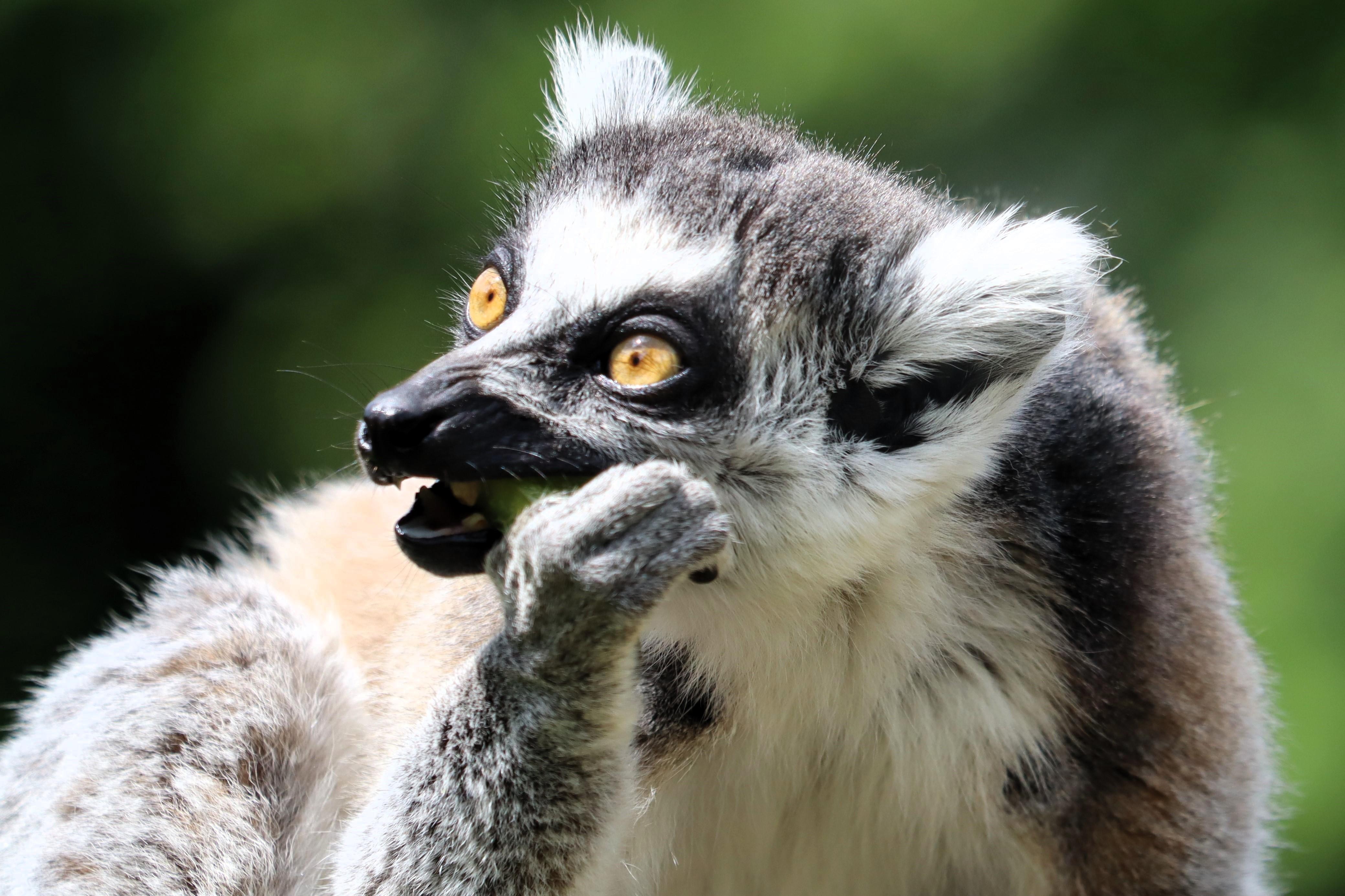Grooming your dog is more than just a routine task; it’s an opportunity to bond, show love, and ensure their well-being. However, while many pet owners diligently brush, bathe, and primp their furry friends, it’s important to consider whether there is such a thing as over-grooming. Striking the right balance is essential for maintaining your dog’s health and happiness. In this article, we will explore the signs of over-grooming, understand its potential impacts, and provide guidance on how to tailor a grooming routine that keeps your canine companion looking and feeling their best. Whether you’re a seasoned dog owner or new to pet care, this guide will offer insights to help you navigate the fine line between attentive grooming and overdoing it, ensuring your pet’s coat remains healthy and vibrant.
Understanding Your Dogs Grooming Needs
While grooming is essential for maintaining your dog’s health and appearance, it’s important to recognize the signs of over-grooming. Over-grooming can lead to various issues, such as skin irritation and damage to the coat. Here are a few signs that you might be grooming your dog too much:
- Skin Redness or Irritation: Frequent brushing or washing can strip natural oils, leading to dryness and redness.
- Thinning Coat: Excessive grooming can cause the coat to thin out, making your dog more susceptible to temperature changes.
- Behavioral Changes: If your dog shows signs of discomfort or stress during grooming, it might be time to scale back.
To avoid these pitfalls, consider tailoring your grooming routine to your dog’s specific breed and coat type. Long-haired breeds may require regular brushing to prevent matting, while short-haired breeds might only need occasional baths. Consulting with a professional groomer can provide valuable insights into the ideal grooming schedule for your furry friend.

Recognizing the Signs of Over Grooming
Spotting when you’ve crossed the line from regular grooming to over-grooming your furry friend can be crucial for their well-being. Keep an eye out for excessive hair loss or patches of thinning fur, as these can be telltale signs that your grooming routine might be too rigorous. Your dog’s skin can also provide clues; look for signs of redness, irritation, or flakiness which might indicate that their skin is being stripped of essential oils. Over-grooming can lead to discomfort and even more serious skin conditions if left unchecked.
- Behavioral changes: Notice if your dog seems anxious or starts avoiding grooming sessions.
- Scratching or biting: Increased scratching or nibbling at their skin can suggest irritation.
- Dry or brittle coat: A lackluster coat could be a sign that their natural oils are depleted.
Remember, grooming should be a bonding experience, not a battle. If you suspect over-grooming, consider scaling back and consulting with a veterinarian or professional groomer to find a routine that keeps your pup healthy and happy.

Tips for a Balanced Grooming Routine
Achieving a harmonious grooming schedule for your furry friend involves understanding their specific needs and preferences. Here are some essential tips to help you maintain a balanced routine:
- Know Your Breed: Different breeds have varying grooming requirements. Research your dog’s breed to determine the optimal frequency for brushing, bathing, and trimming.
- Observe Your Dog’s Behavior: Pay attention to your dog’s reactions during grooming sessions. Signs of discomfort or stress may indicate over-grooming or the need to adjust your approach.
- Invest in Quality Tools: Using the right tools can make a significant difference. Choose brushes, combs, and clippers that are suitable for your dog’s coat type.
- Establish a Routine: Consistency is key. Set a regular schedule for grooming activities to help your dog feel more comfortable and less anxious.
- Check for Skin Health: Regularly inspect your dog’s skin for signs of irritation or dryness, which may suggest a need to modify your grooming practices.
By following these tips, you can ensure your dog’s grooming routine is not only effective but also enjoyable for both of you. Remember, the goal is to keep your pet healthy and happy without overdoing it.

Choosing the Right Tools and Techniques
Selecting the appropriate grooming tools and techniques is pivotal in ensuring your furry friend looks their best without causing discomfort or harm. Understanding your dog’s coat type is the first step in this journey. For instance, double-coated breeds like Huskies require different care compared to single-coated breeds such as Poodles. Invest in quality brushes that match your dog’s coat type—slicker brushes for long-haired breeds and bristle brushes for short-haired ones.
Beyond brushes, consider other grooming tools that can make the process smoother and more enjoyable for both you and your pet. Here’s a helpful list of essentials:
- Combs: Metal combs help detangle and remove loose hair.
- Nail Clippers: Opt for clippers suited to your dog’s size to prevent over-clipping.
- Shampoo: Use a dog-specific shampoo that matches your dog’s skin type to avoid irritation.
- Ear Cleaners: Regular cleaning prevents infections and keeps your dog’s ears healthy.
Employ gentle techniques and maintain a consistent grooming schedule to avoid overwhelming your dog, and always prioritize their comfort and well-being during each session.

